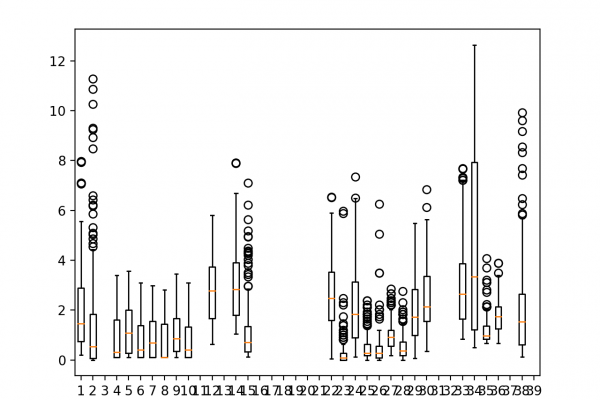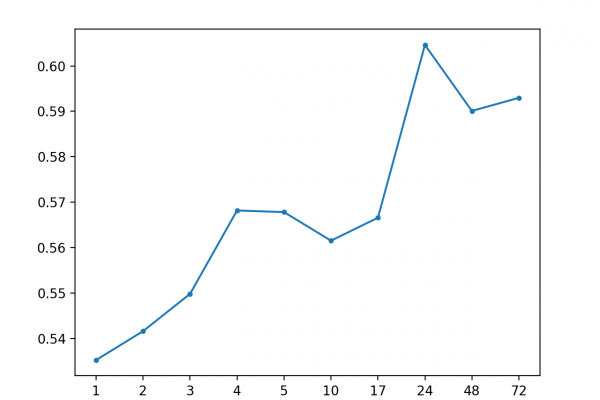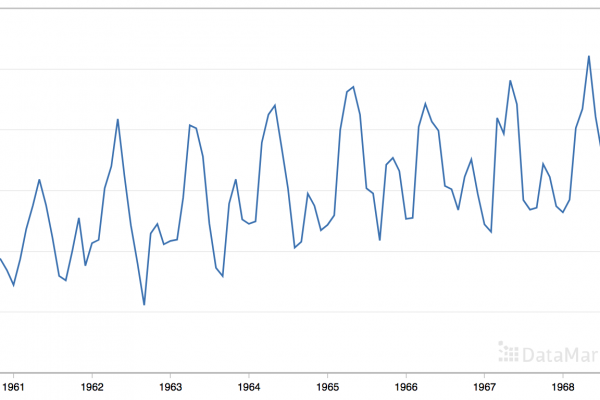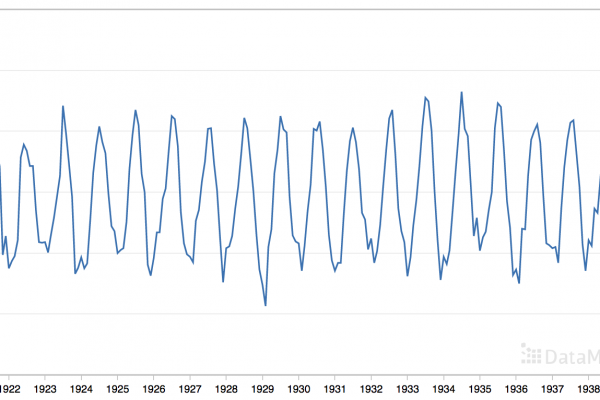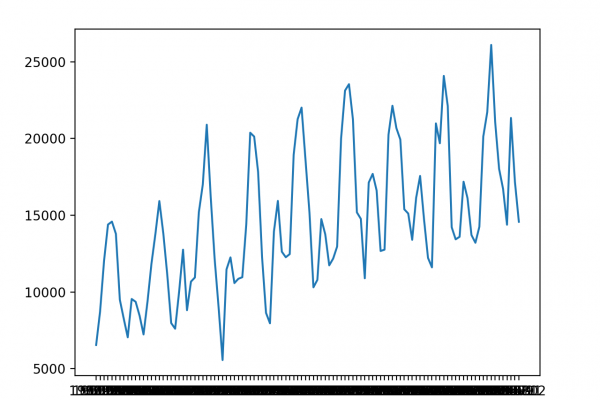Multi-Step LSTM Time Series Forecasting Models for Power Usage
Last Updated on August 28, 2020 Given the rise of smart electricity meters and the wide adoption of electricity generation technology like solar panels, there is a wealth of electricity usage data available. This data represents a multivariate time series of power-related variables that in turn could be used to model and even forecast future electricity consumption. Unlike other machine learning algorithms, long short-term memory recurrent neural networks are capable of automatically learning features from sequence data, support multiple-variate data, […]
Read more
